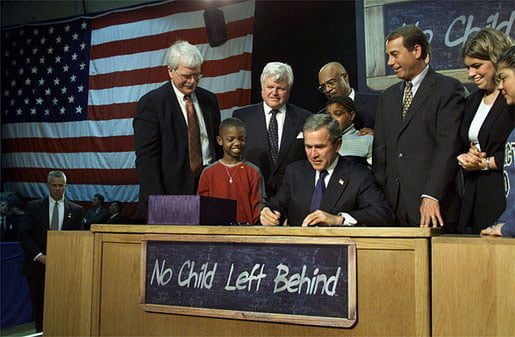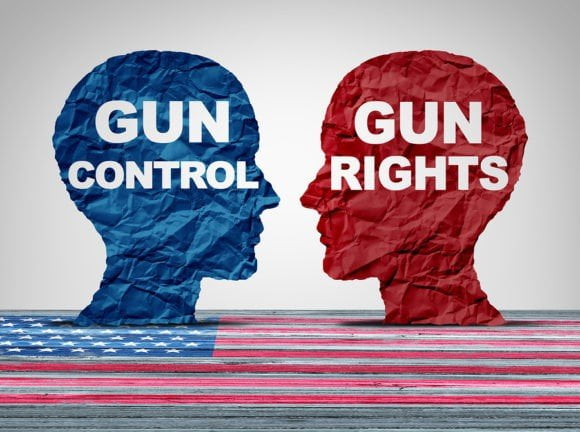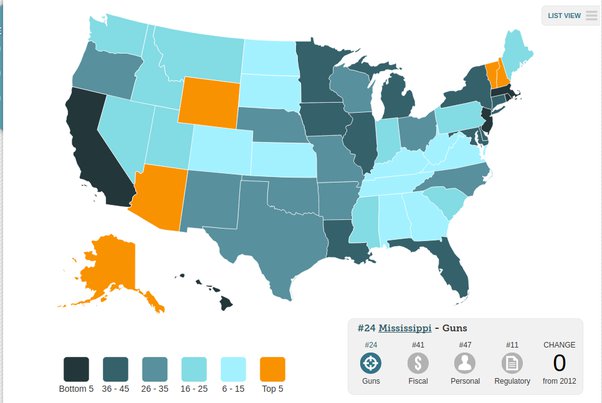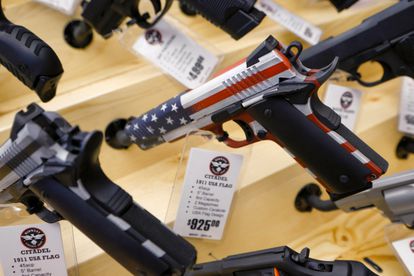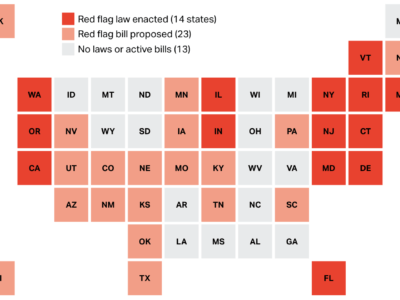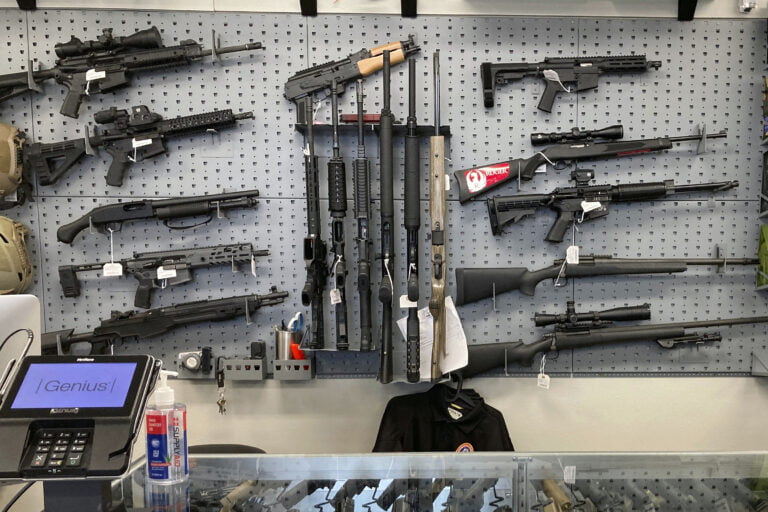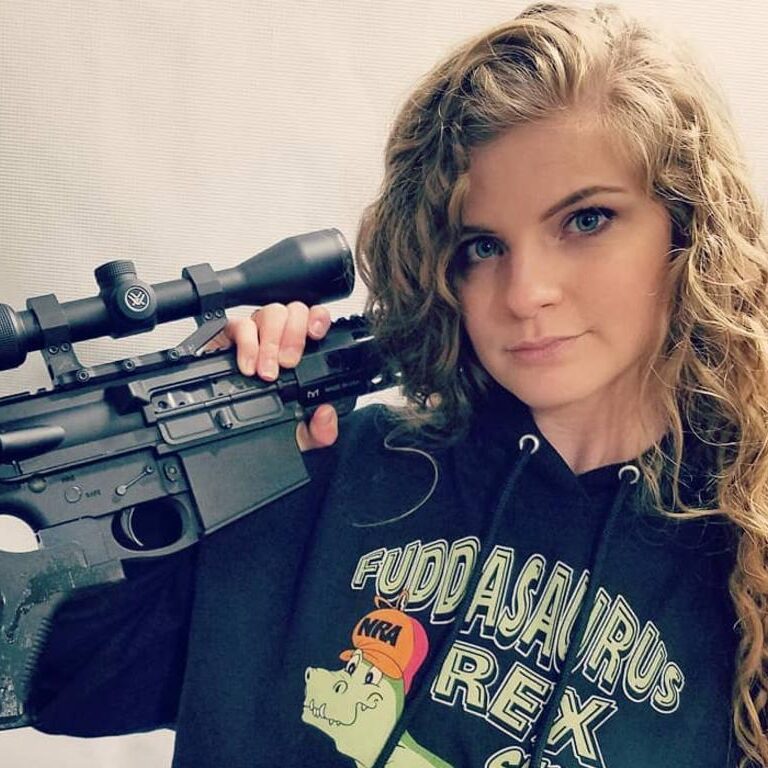The Impact of No Child Left Behind on Weapons in Schools
In recent years, the issue of school violence has been a cause for concern across the United States. While not all school violence incidents involve weapons, it is a sad reality that many of the deadliest attacks on school campuses have featured weapons.
Traditionally, weapons prohibited on school grounds referred to firearms and explosives, but recent developments have seen many states broaden their guidelines regarding weapons in schools. In this article, we will delve into the effect of the “No Child Left Behind” Act on weapons in schools, the policies it spawned, and the current state of weapons regulations in educational institutions.
Understanding the No Child Left Behind Act
The “No Child Left Behind” (NCLB) Act, signed into law in 2001, aimed to reform education in the United States. While the primary focus of NCLB was on improving educational outcomes, it also had implications for school safety. Under NCLB, federal funding was authorized for schools only if they adopted a “zero tolerance” policy toward illegal firearms on or near school grounds.
Zero Tolerance Policies and Weapons in Schools
As a result of NCLB, many school districts across the country strictly prohibit weapons on campus. These policies often include strict consequences for students found in possession of weapons, including expulsion. However, the implementation of zero-tolerance policies varied from state to state. Some states enacted this policy at a state level, while others allowed individual school districts to set their own weapons rules.
How Some States Define Weapons
While NCLB set the stage for zero-tolerance policies, many states took it a step further by explicitly defining what constitutes a weapon on school grounds. For instance, Georgia’s school laws include an extensive list of items that fall under the category of weapons. These items range from firearms to various bludgeon-type weapons and even non-traditional weapons like throwing stars and tasers.
When Weapons are Allowed on School Grounds
It’s important to note that there are instances in which all states allow weapons and firearms on school property. These instances typically involve individuals who are authorized to carry weapons for specific purposes. For example, school police officers may be armed to maintain security and respond to threats. Additionally, some states have concealed carry laws that permit individuals to carry guns in various public places, including schools.
Furthermore, a few states have gone so far as to permit teachers to bring firearms to school for self-defense and to protect against potential attacks. While controversial, these policies reflect the growing concern for school safety in an age where mass shootings have become a grim reality.
Conclusion
In conclusion, the “No Child Left Behind” Act had a significant impact on weapons in schools by encouraging the adoption of zero-tolerance policies for firearms on or near school grounds. However, the extent to which these policies were implemented and the definition of weapons varies from state to state. Additionally, some states have taken further measures to allow certain individuals, such as teachers and school police officers, to carry weapons on school property. The issue of weapons in schools remains a complex and sensitive topic, with the ultimate goal being the safety and well-being of students and staff.
FAQs (Frequently Asked Questions)
What was the main objective of the “No Child Left Behind” Act?
The main objective of the “No Child Left Behind” Act was to reform education in the United States by improving educational outcomes for all students.
Do all states have zero-tolerance policies for weapons in schools?
While many states have adopted zero-tolerance policies for weapons in schools, the extent and strictness of these policies can vary from state to state.
Can teachers carry firearms in all states?
No, the permission for teachers to carry firearms in schools varies by state, and not all states allow this practice.
What is the purpose of defining weapons in school laws, as seen in Georgia’s example?
Defining weapons in school laws helps clarify what items are prohibited on school grounds and provides a legal basis for enforcing weapons policies.
How has the discussion around weapons in schools evolved in recent years?
The discussion around weapons in schools has evolved to include debates about arming teachers and the implementation of concealed carry laws in some states, reflecting the ongoing concern for school safety.
What is no child left behind?
No Child Left Behind (NCLB) was a 2001 federal education law that aimed to increase standardized testing and school accountability, especially in closing achievement gaps. NCLB mandated annual testing in reading and math for grades 3-8, reporting of test score data for student subgroups, and achievement of 100% proficiency ratings by 2014. Schools and districts faced consequences like having to allow school transfers or provide tutoring if they failed to meet test performance targets. NCLB was later replaced in 2015 due to controversy over its heavy focus on high-stakes testing and unrealistic proficiency goals.
Is No Child Left Behind still in effect
No Child Left Behind (NCLB) is no longer a federal law or policy. It was replaced in December 2015 by the Every Student Succeeds Act (ESSA), which preserved standardized testing requirements but allowed states more authority over their accountability systems. So while some NCLB provisions carry over, such as mandated grades 3-8 testing, its one-size-fits-all federal accountability structure is no longer binding under ESSA.
Why was No Child Left Behind created
No Child Left Behind (NCLB) was created in 2001 to close persistent achievement gaps between student subgroups, boost standardized test performance via accountability measures, ensure teacher qualification standards were met, and require tracking of test score data to shine a light on schools and districts where students were struggling academically. Through annual testing mandates and imposing consequences like allowing school transfers or requiring restructuring for repeatedly underperforming schools, NCLB aimed to motivate schools to focus efforts on helping all groups of students reach math and reading proficiency.
